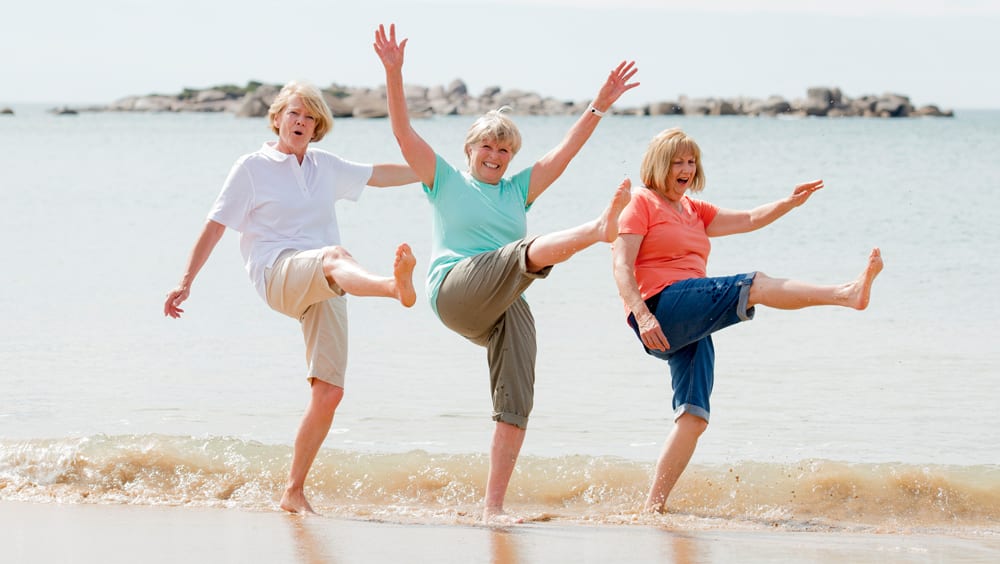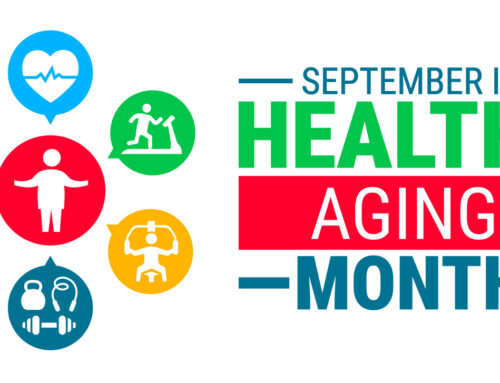The final episode of The Golden Girls aired almost 30 years ago but it seems they were way ahead of their time in many ways. Many female baby boomers are now taking a lesson from that show’s playbook and living together as they get older. And has more and more baby boomers start hitting retirement age every day, this is a trend that seems to have staying power. FirstLantic explores four of the main drivers.
Companionship: While some seniors may not be ready or interested in moving to an assisted living community, that doesn’t mean they don’t want to be around people their own age. It is natural to share interests based on your life stage and why would it be any different with seniors? As the Washington Post reported, Jane Callahan-Moore who was living with her daughter and granddaughter in a Chicago suburb felt something was missing. “While I loved being with them and seeing them every day, I found myself getting increasingly depressed because I didn’t have any contact with people my own age,” So she found a roommate, moved to downtown Chicago and started enjoying what the city had to offer.
Expense Sharing: Having a roommate(s) can often mean living in a much more desirable location with amenities that would be too expensive with one income. Take for example Manhattan where the average one-bedroom is almost 4k. Renting a two-bedroom is not cheap but it isn’t double the price of the one-bedroom either. Also, having a roommate can allow for other expense sharing such as groceries, utilities or a home caregiver who might assist with household chores.
Walkable Neighborhoods: As many people get older, they may prefer not to drive, or may no longer be able to do so safely. This makes it more convenient or even necessary to live somewhere where you can walk to shops or to dine out. Unfortunately, according to the AAA, driving is the only way to reach services and social activities in much of the United States and older people are outliving their ability to drive safely by an average of seven to 10 years. Many larger cities such as New York, Chicago, and San Francisco allow for walkability, but they can also be more expensive. Roommates can make that option a lot more feasible.
Staying Active: Studies show that people that do not stay physically and mentally active tend to have shorter lives. In fact, social isolation and loneliness among the elderly can lead to increased mortality, lower cognitive performance and poorer self-reported physical and mental health. When people live with a roommate they can exercise together, get out and enjoy cultural activities, and keep each other mentally stimulated through conversation. As author Martha Nelson (who recently wrote a book about three women who become roommates) said, “What we want is to actively age with the camaraderie, laughter, understanding, and support of other women who share ideas of healthy lifestyles, good food, green living, and myriad activities on a moment’s notice”.
In summary, this trend will continue to grow as more boomers reach retirement age and it seems to be women that are dictating it. In general, baby boomers have been a generation that did things their own way and aging in place with a roommate will be another area where they make their own rules. As Ryan Cowmeadow, Vice President of the National Shared Housing Resource Center states, “This concept is really trending on the East and West Coasts and is very big in Europe. Our numbers are up about 15 percent since 2007, and about 75 percent of applicants are female. We’re hoping to see a real surge with the Boomers entering retirement age now. They’re the ones who didn’t take ‘no’ for an answer. Home-sharing just makes sense.”
For more resources on home-based aging click here
 AVAILABLE 24 HOURS A DAY/7 DAYS A WEEK
AVAILABLE 24 HOURS A DAY/7 DAYS A WEEK Careers
Careers







